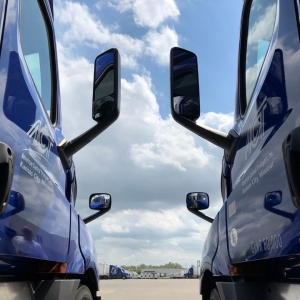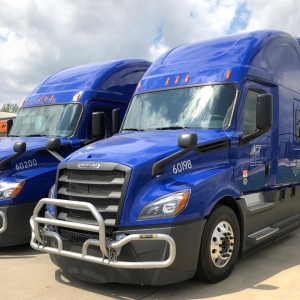
It’s no exaggeration to say that the commercial trucking industry is the backbone of our economy. With over 73% of total freight value in the US transported by trucks, CDL drivers play an essential role in keeping goods flowing across the nation.
CDL drivers also are important to the global production and exchange of goods, especially through the role of intermodal trucking. Intermodal truckers transport freight that requires more than one form of transportation, such as rail, air, or over the ocean, during the first and last segment of the freight’s journey.
Wondering if this important trucking job could be the right career fit? Keep reading to find out what to expect as an intermodal driver, including the benefits, challenges, and daily routine.
What do Intermodal Drivers Do?
Intermodal freight transport is the term for the overall process required to move a shipment that involves more than one mode of transportation. There are four modes involved in intermodal transportation of goods – ship to rail, air to rail, rail to ship, and road to rail. These short hauls are also referred to as drayage. Intermodal trucking is an essential part of the process when the shipment is transported by truck from one intermodal terminal, such as a port or rail yard, to the next destination.
Because the shipments are stored in specialty modular containers throughout the entire process, intermodal trucking differs from other forms of trucking in that drivers never have to load or repack the actual goods.
Intermodal truck drivers begin the day by arriving at the first destination, usually a rail yard, port, or distribution center, to pick up the modular container. Drivers then load these shipments onto their intermodal container chassis, which is specifically designed to safely and securely carry intermodal freight.
After ensuring the freight is secure, drivers bring the containers to the next destination, which could be a warehouse, distribution center, or other transportation hub. At this final destination, drivers carefully unload the modular containers for further handling or storage, and potentially pick up new freight for the next trip.
Intermodal truck drivers can work for a range of companies, varying from large carriers to small carriers that focus on a single market. Regardless of size and scope, the most important factor is that drivers are operating near major rail yards or ports.
What are the Benefits?
For CDL drivers searching for a position that offers a predictable schedule, consistent pay, and benefits, and is always in demand, intermodal trucking might be the right solution. These are some of the benefits of a career in intermodal freight transportation.
- Steady schedule and less time away from home. Intermodal drivers often have more predictable schedules compared to long-haul truckers. You’ll spend fewer hours on the road and more time at home.
- No direct contact with freight. Unlike with most CDL jobs, intermodal freight remains in specialty containers throughout the entire transportation process. This means intermodal drivers spend less time loading and unloading, and the chances of damage and safety risks are greatly decreased.
- Opportunities for specialized training and career advancement. Some intermodal companies provide specialized training in areas such as container handling, safety procedures, and hazardous materials handling, enhancing drivers’ skill sets and making them more competitive in the job market.
Are There Any Challenges?
However, like any career, it is essential to consider the drawbacks as well as the benefits.
- Limited routes and potential delays. Intermodal routes are specific to rail and port locations, so you won’t have the same flexibility as long-haul truckers. Transportation hubs are also prone to delays and backups, which can lead to frustrating logistical challenges and potentially wasted time.
- Equipment challenges. Intermodal containers require specialized equipment, such as the chassis and twist locks, which can be challenging to learn and manage. Drivers may also encounter restrictions on the types of freight they can haul and the routes they can take due to equipment limitations or regulatory requirements.
- Physical demands. Although arguably requiring less lifting and moving than other trucking positions, the job can be somewhat physically demanding even with the assistance of specialized equipment.
- Additional requirements. Drivers that will be accessing ports, must obtain a Transportation Workers Identity Card (TWIC) and a Port ID which is required by all ports within the United States. Drivers that need access to airports to deliver or pick up freight will also need to obtain a TSA card. While obtaining these additional endorsements can take between 10 – 60 days and cost nearly $130, having them will create more opportunities for the driver to haul different types of freight and earn more.
Intermodal truck driving is an important CDL job that offers a flexible schedule and unique training for drivers of all experience levels.
Looking for more information on potential jobs and new trends in the trucking industry? Be sure to check out more posts on our blog and follow us on social media!



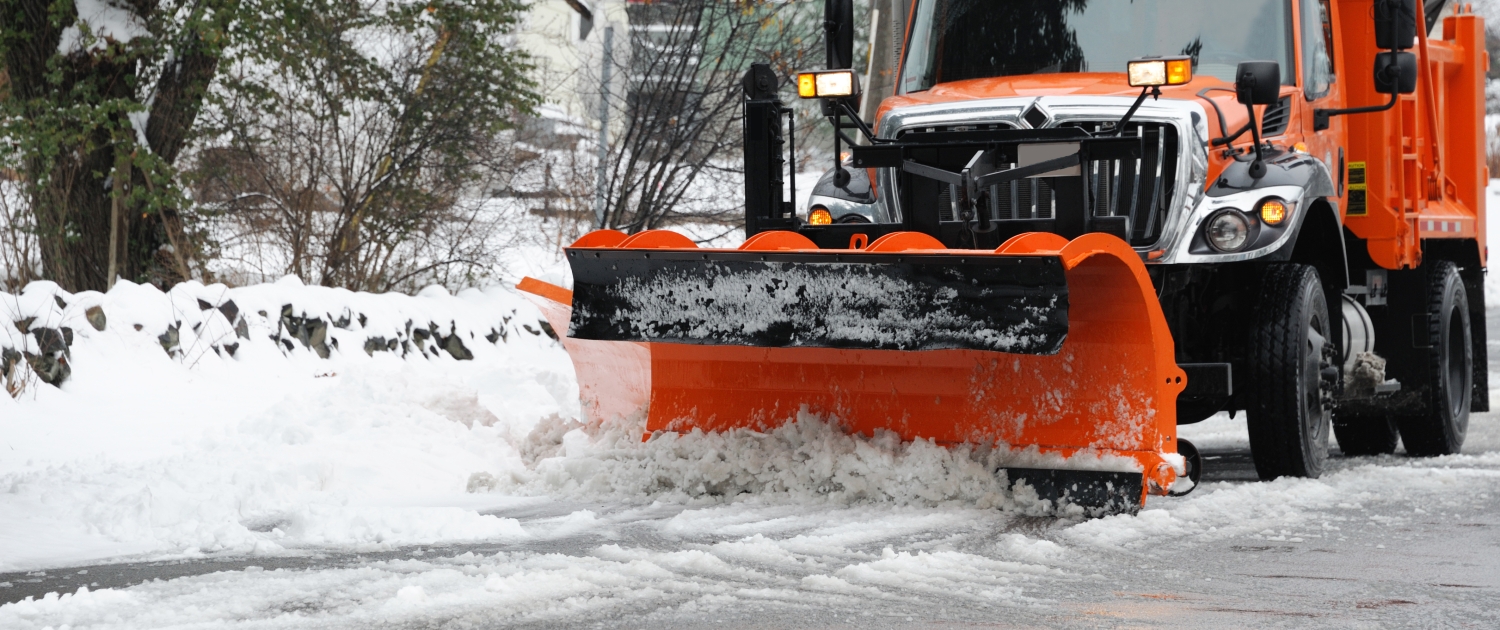


 In past blogs, we’ve discussed the differences between OTR, Regional, and
In past blogs, we’ve discussed the differences between OTR, Regional, and 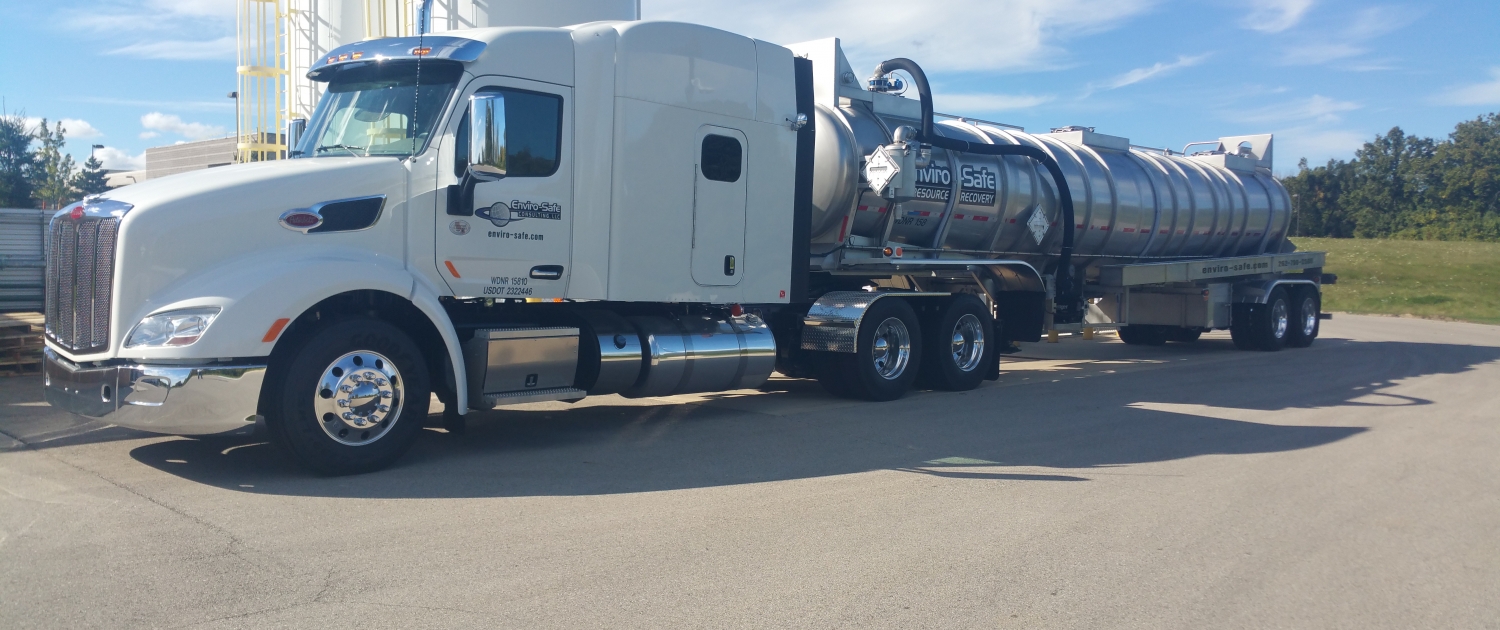 Today’s job of the day is from Enviro-Safe Resource Recovery
Today’s job of the day is from Enviro-Safe Resource Recovery In this position, you’ll make a difference at this Inc. 5000 growing company and family-owned business. If you want to be on a winning team, with low employee turnover, this might be the position you have been looking for.
In this position, you’ll make a difference at this Inc. 5000 growing company and family-owned business. If you want to be on a winning team, with low employee turnover, this might be the position you have been looking for.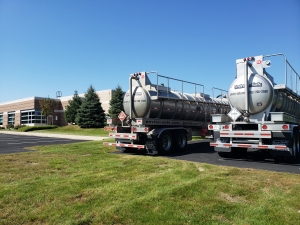
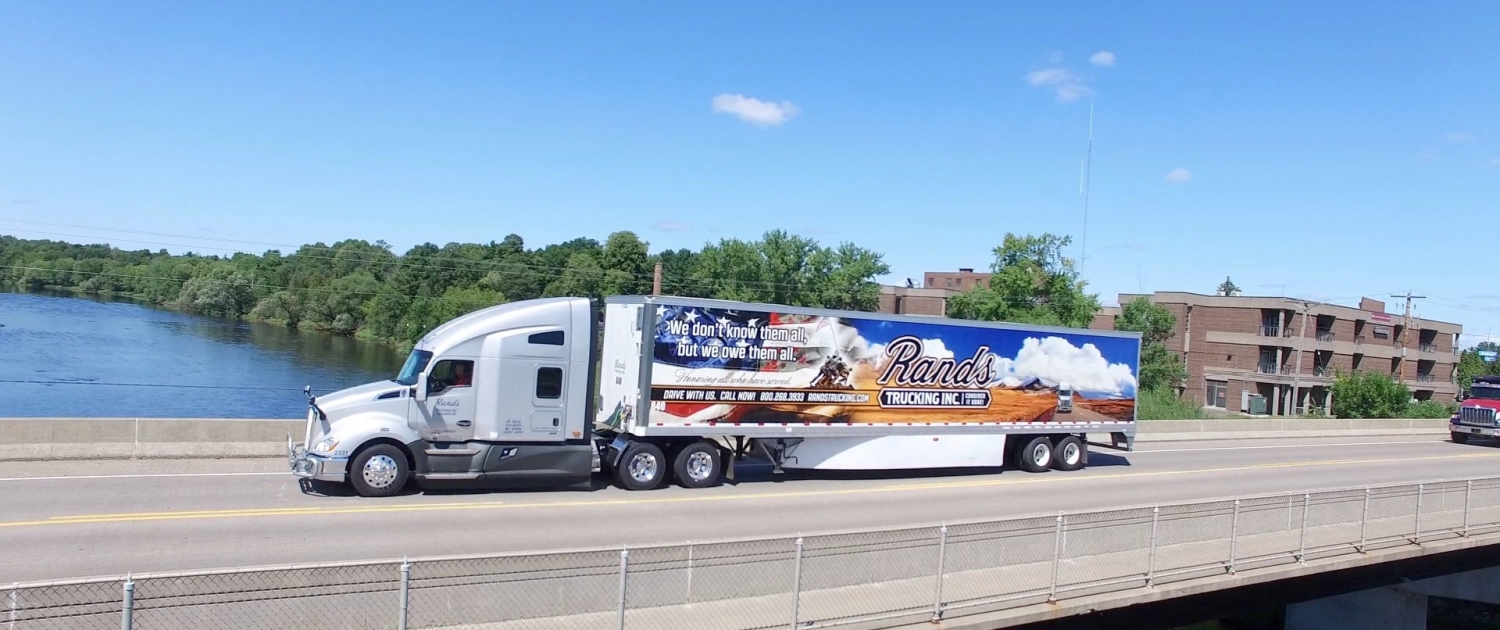 Today’s job of the day is from Rands Trucking
Today’s job of the day is from Rands Trucking If you’re looking to get to the top of your career in a family environment, then check out the great OTR opportunities at Rands Trucking. We offer you a top-of-the-industry pay package combined with newer equipment, consistent miles, home time, and a work environment that gives you the respect and appreciation you’ve been looking for.
If you’re looking to get to the top of your career in a family environment, then check out the great OTR opportunities at Rands Trucking. We offer you a top-of-the-industry pay package combined with newer equipment, consistent miles, home time, and a work environment that gives you the respect and appreciation you’ve been looking for.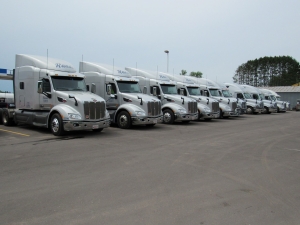
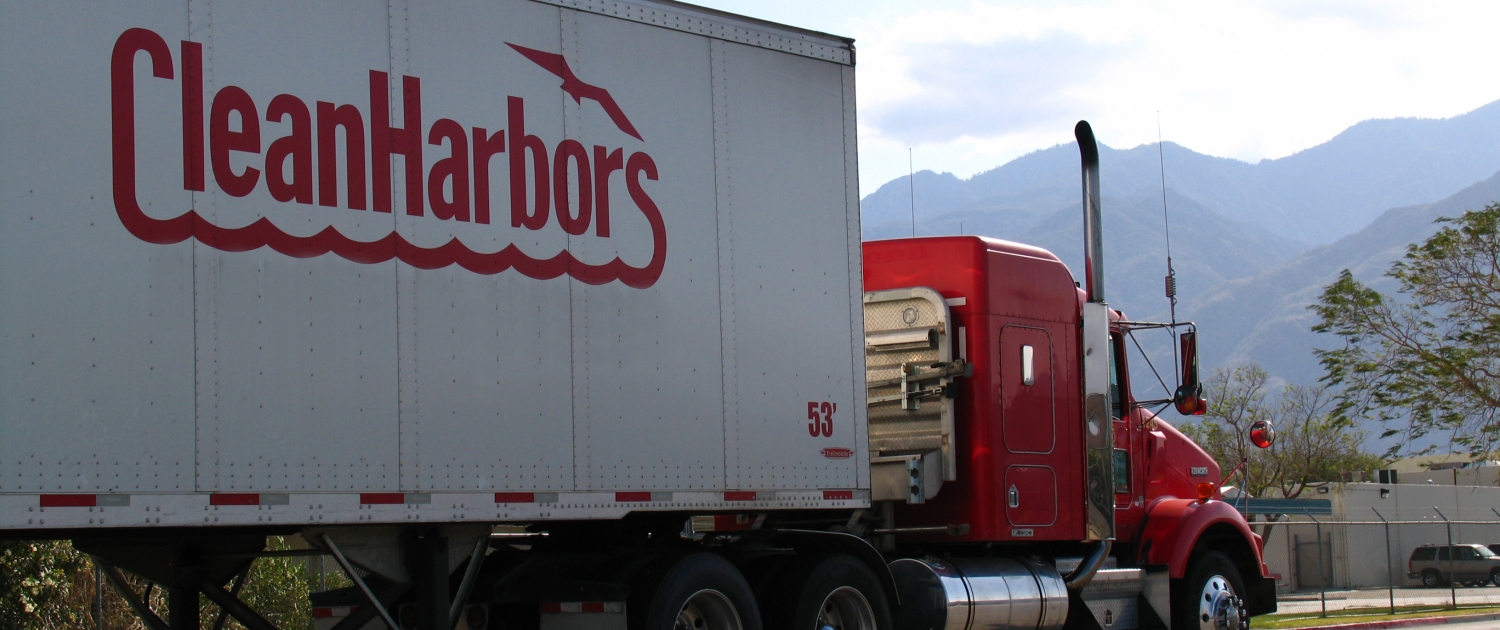 Today’s job of the day comes from Clean Harbors Environmental Services
Today’s job of the day comes from Clean Harbors Environmental Services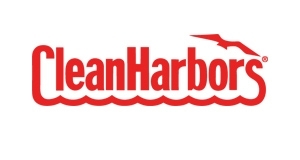
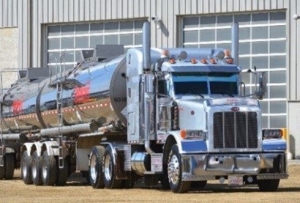
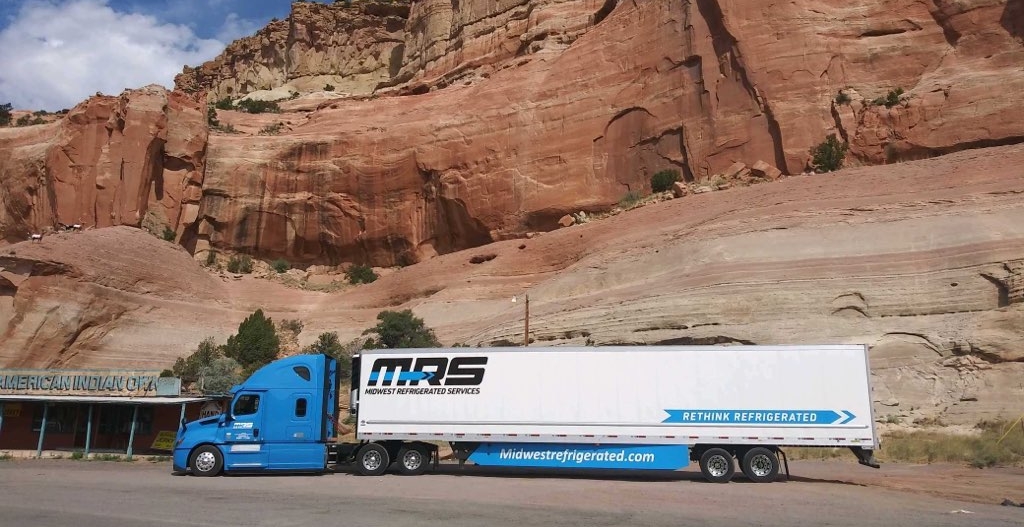
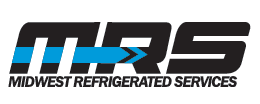 Midwest Refrigerated Services (MRS) is hiring CDL A drivers to haul fresh and frozen temperature-controlled freight. Family owned and operated for more than 60 years, Midwest Refrigerated Services is a growing leader in LTL refrigerated transportation and storage. Our team takes pride in the role we play in putting food on the table for millions of Americans every night. Our team of professional drivers represent our customers well, set high standards for themselves and are safe, confident, and independent. Discover the MRS difference!
Midwest Refrigerated Services (MRS) is hiring CDL A drivers to haul fresh and frozen temperature-controlled freight. Family owned and operated for more than 60 years, Midwest Refrigerated Services is a growing leader in LTL refrigerated transportation and storage. Our team takes pride in the role we play in putting food on the table for millions of Americans every night. Our team of professional drivers represent our customers well, set high standards for themselves and are safe, confident, and independent. Discover the MRS difference!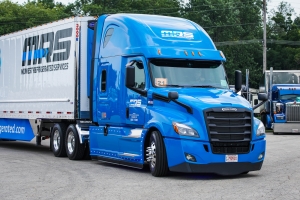 Compensation:
Compensation: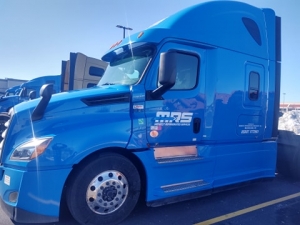 Compensation
Compensation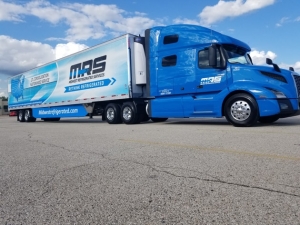
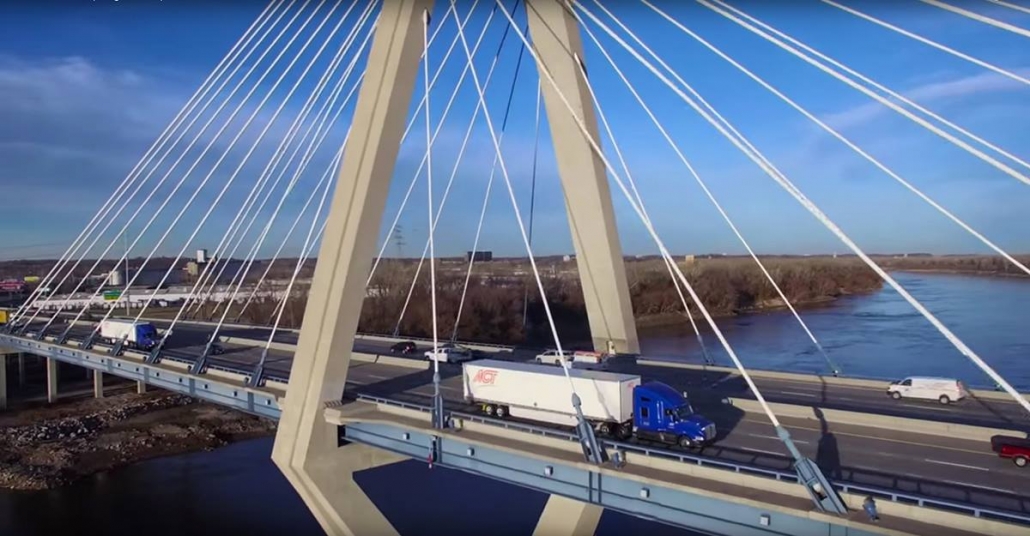
 American Central Transport (ACT) is named one of the best fleets to drive for 3 consecutive years! At ACT, their standards are high and so is their pay. They strive to fill every company truck driver job with a seasoned professional who is looking to build a long-term, profitable career. In addition, they offer a great freight base, year-round productivity, and the opportunity to provide the kind of income and benefits a family deserves.
American Central Transport (ACT) is named one of the best fleets to drive for 3 consecutive years! At ACT, their standards are high and so is their pay. They strive to fill every company truck driver job with a seasoned professional who is looking to build a long-term, profitable career. In addition, they offer a great freight base, year-round productivity, and the opportunity to provide the kind of income and benefits a family deserves.